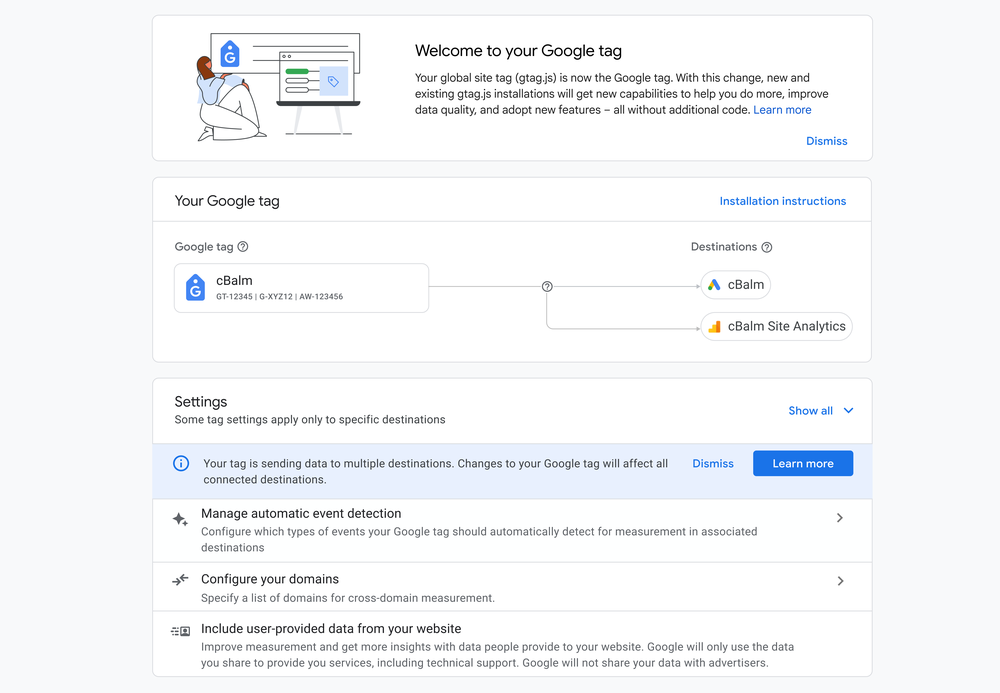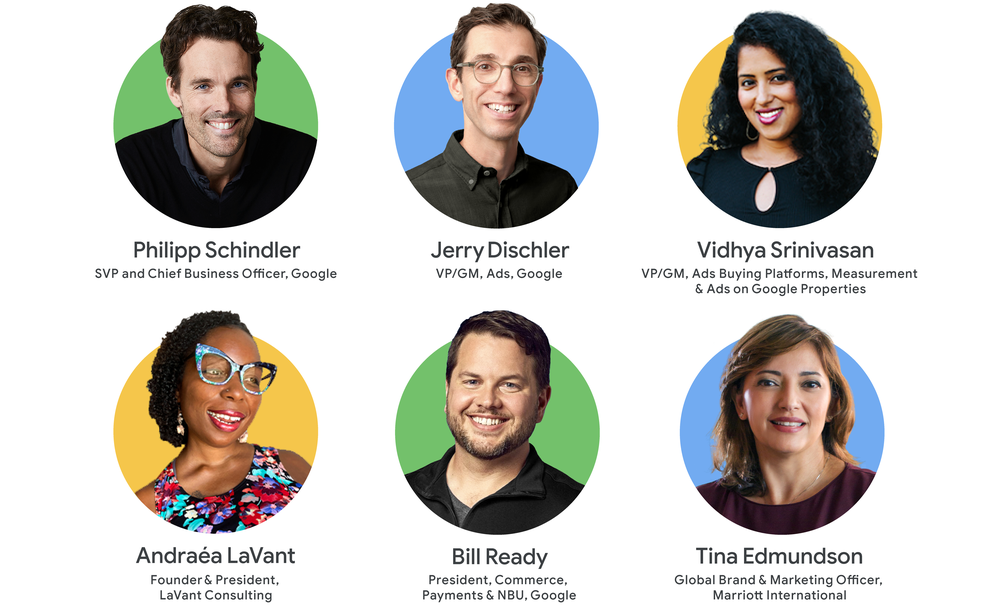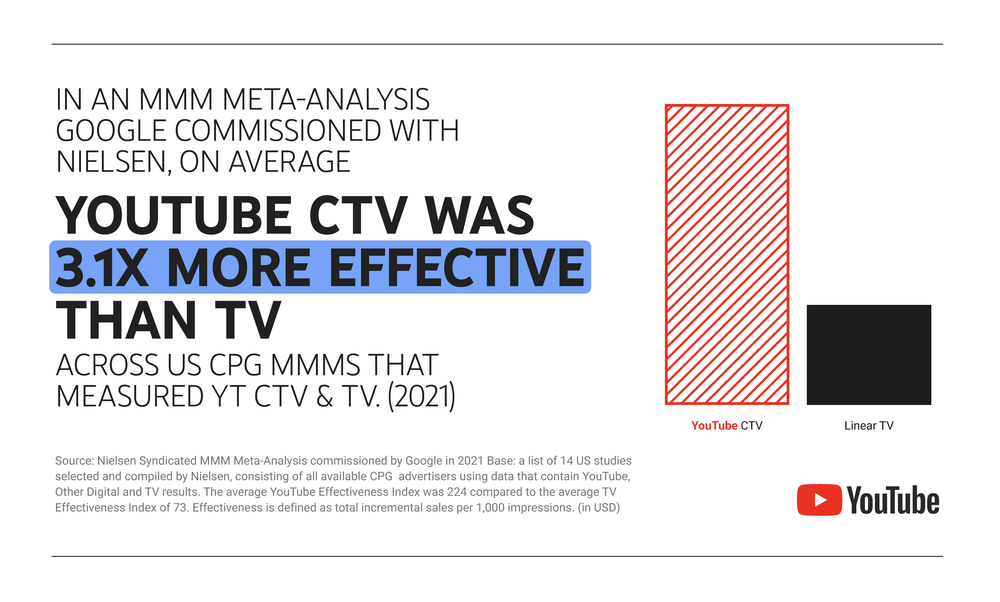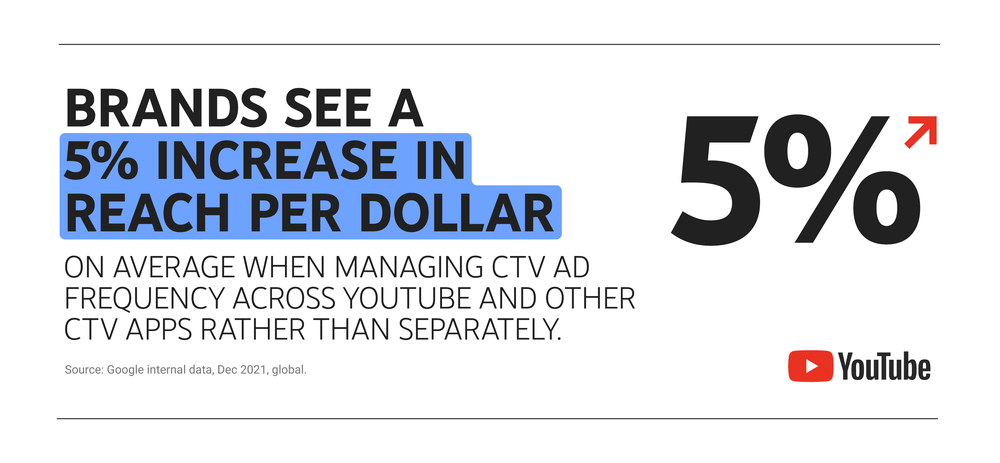Enterprise marketers and agencies are increasingly turning to automation to handle many of their complex ad operations. Automating tasks is key for swift execution. Together with machine learning, it also lets you deliver relevant ads without reliance on sensitive data.
Display & Video 360 combines automation with customization so that you can create your own secret sauce to boost performance. You can harness your proprietary data and insights and combine them with Google's strengths in machine learning to achieve better advertising outcomes.
Custom bidding is a great example of this. It allows you to stay in control of your bidding strategy and curate a differentiated approach. And many of you have already turned to this tool to boost return on investment. For example, Charlotte Tilbury Beauty reduced cost per acquisition by 29% with custom bidding. As a luxury beauty retailer, it sells high-end products that drive fewer conversions at a higher price. To account for the fact that the brand had fewer conversions on which to optimize, it used a tailored full-funnel algorithm that factored in relevant event data higher up in the user journey. For example, the retailer started valuing visits, clicks, and ad viewability as new input signals.
Today, we’re announcing two new custom bidding functionalities in Display & Video 360.
Optimize to capture people’s attention
A growing number of marketers are looking to optimize their bids with the goal of capturing user attention. Attention is a particularly relevant metric for brands reaching their audience in lean-back environments such as connected TV. Optimizing towards users’ attention is especially beneficial when direct conversions are difficult to measure. For example, buyers can estimate the attention an ad will get based on its size or whether the video ad is audible or muted.
We drive marketing effectiveness using custom bidding algorithms that can optimize ad attention for the brands in our portfolio.
So on top of metrics like ‘complete in-view & audible’ and ‘time on screen’, we’re adding new custom bidding signals such as “player size” and "audibility", and extending custom bidding support to CTV. This gives you a chance to create attention-based algorithms using your own definitions.
Optimize for user paths on your site
Bidding towards the most valuable stages of the purchase journey is another winning strategy. To do this, leading brands are using first-party data from their Google Analytics accounts to tailor their bids and strengthen campaign performance in Display & Video 360.
We know that many of you have moved or are working on moving from Universal Analytics to the new Google Analytics. So we made sure that data coming from any new Analytics 4 property — either standard or 360 — can be activated in Display & Video 360.
Stay tuned to learn about more upcoming Display & Video solutions designed for brands and agencies to customize how machine learning and automation is applied.







